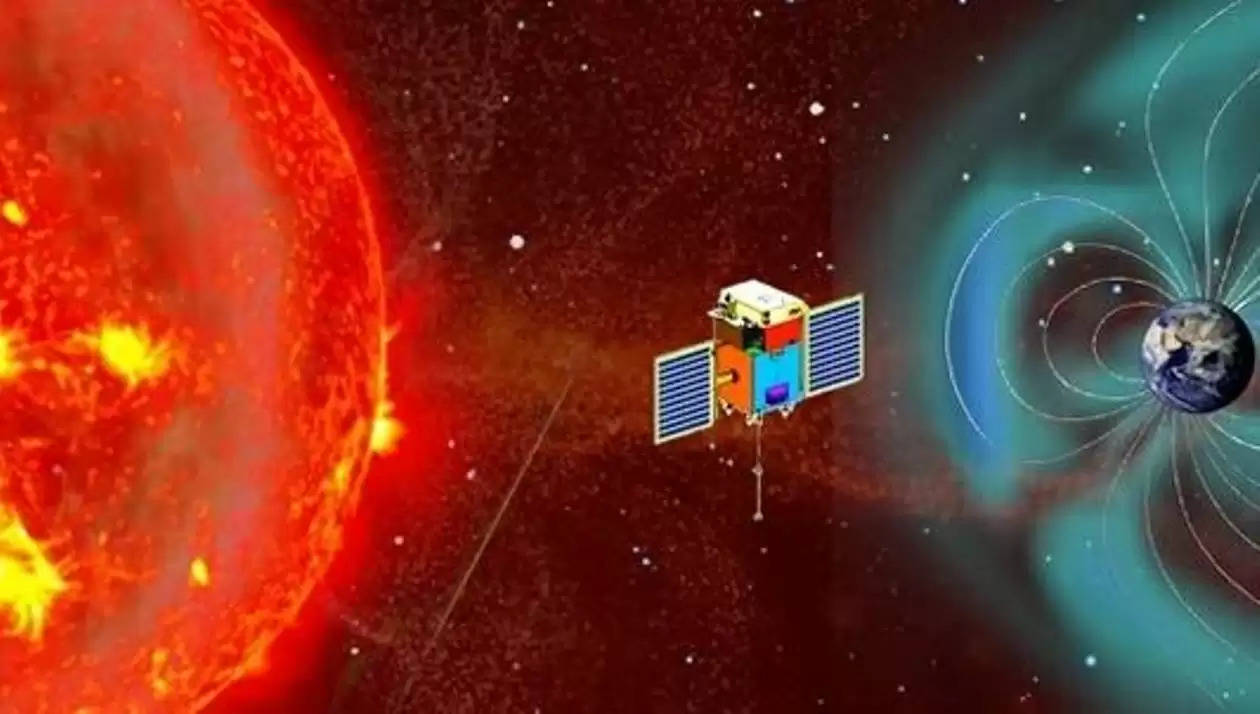ISRO's Aditya-L1 Solar Mission to be launch on September 2
Aditya-L1 mission aims to closely examine the Sun
Following the successful Chandrayaan-3 mission to the Moon, ISRO has officially announced the forthcoming launch of India's pioneering solar exploration endeavor, Aditya-L1. The spacecraft is scheduled to embark on its journey on September 2, 2023, 11:50 am, departing from the Sriharikota spaceport. Designed with a specific focus, the Aditya-L1 mission aims to closely examine the Sun. Its intended tasks include remote observations of the solar corona, along with on-site examinations of the solar wind. These investigations will take place from a strategic vantage point known as L1, or the Sun-Earth Lagrange point. Situated approximately 1.5 million kilometers away from our planet, L1 is a unique location where the gravitational interactions between the Sun and Earth result in distinct zones of gravitational attraction and repulsion.
“The spacecraft will be placed in a halo orbit around the Lagrange point 1 (L1) of the Sun-Earth system, which is about 1.5 million km from the Earth. A satellite placed in the halo orbit around the L1 point has the major advantage of continuously viewing the Sun without any occultation/eclipses. This will provide a greater advantage of observing the solar activities and its effect on space weather in real time.” - ISRO
As stated by ISRO, the spacecraft will be positioned in orbit around the L1 point, enabling unobstructed observations of the Sun. A Lagrange point, according to NASA, refers to a specific location in space where...“the gravitational pull of two large masses precisely equals the centripetal force required for a small object to move with them. These points in space can be used by spacecraft to reduce fuel consumption needed to remain in position.” In essence, this indicates that at this juncture, the gravitational pull and push between two celestial bodies are balanced in a way that an object positioned amidst them will essentially maintain its relative position, moving in tandem with the celestial bodies.
Aditya-L1 Mission Goals
Onboard the spacecraft are seven payloads designed for the observation of distinct solar regions: the photosphere (the sun's observable outer layer), the chromosphere (a layer situated around 400 km to 2,100 km above the photosphere), and the Sun's outermost layer, the corona. These payloads employ a combination of electromagnetic, particle, and magnetic field detectors. Among these payloads, four are dedicated to the direct study of the Sun, while the remaining three are geared towards the in situ examination of particles and fields at the L1 Lagrange point.
To join us on Facebook Click Here and Subscribe to UdaipurTimes Broadcast channels on GoogleNews | Telegram | Signal



